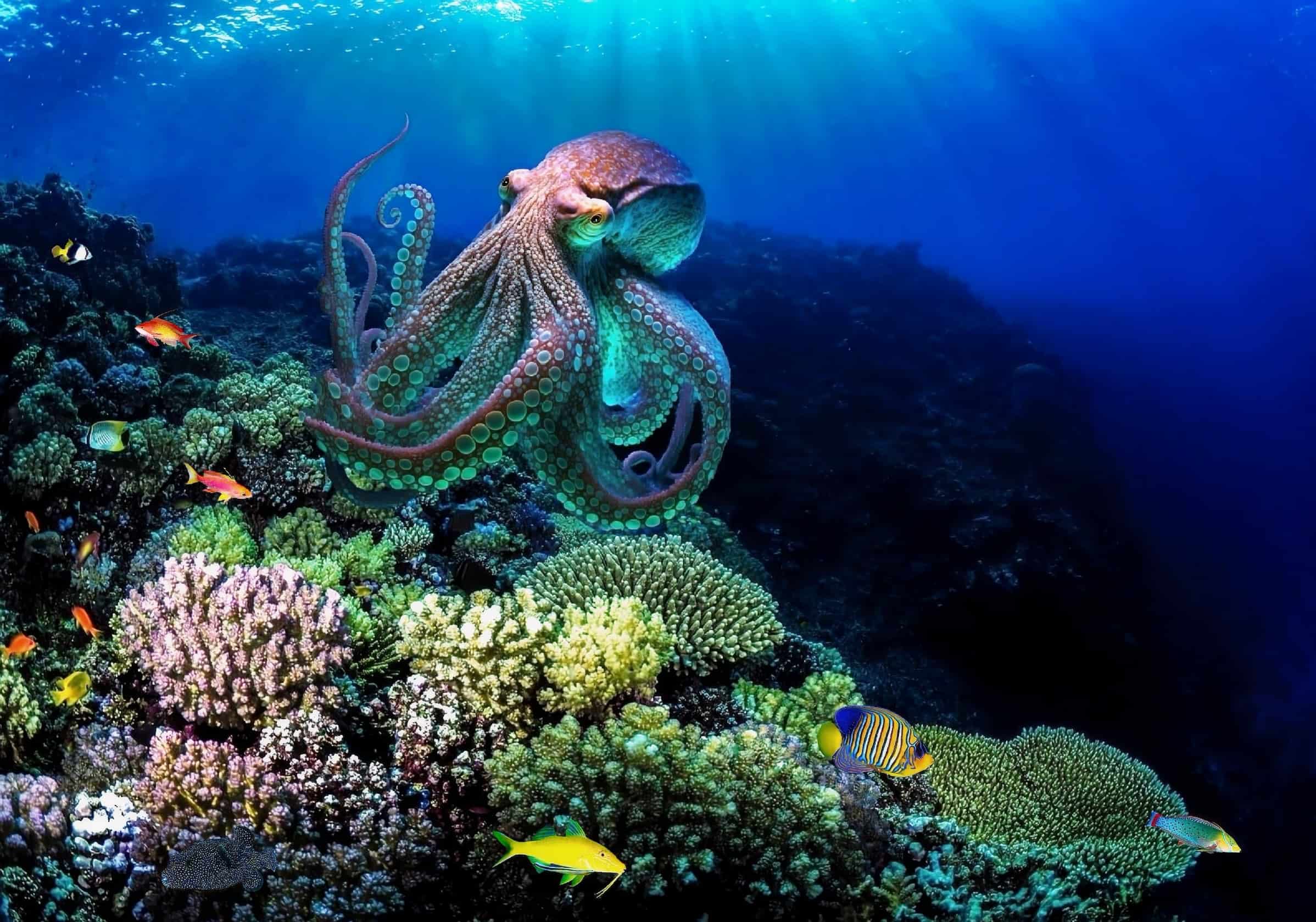The ocean is a vast, mysterious realm, home to some of the most elusive and fascinating creatures on Earth. Among these are marine mollusks, a diverse group of invertebrates that include squids, octopuses, and snails. These creatures, often hidden in the depths or camouflaged within their environments, captivate scientists and marine enthusiasts alike with their unique adaptations and striking appearances. From the deep-sea vampire squid to the vibrantly colored blue dragon sea slug, these marine mollusks reveal the incredible diversity and complexity of ocean life, each species offering a glimpse into the hidden wonders of the underwater world.
Vampire Squid (Vampyroteuthis infernalis)
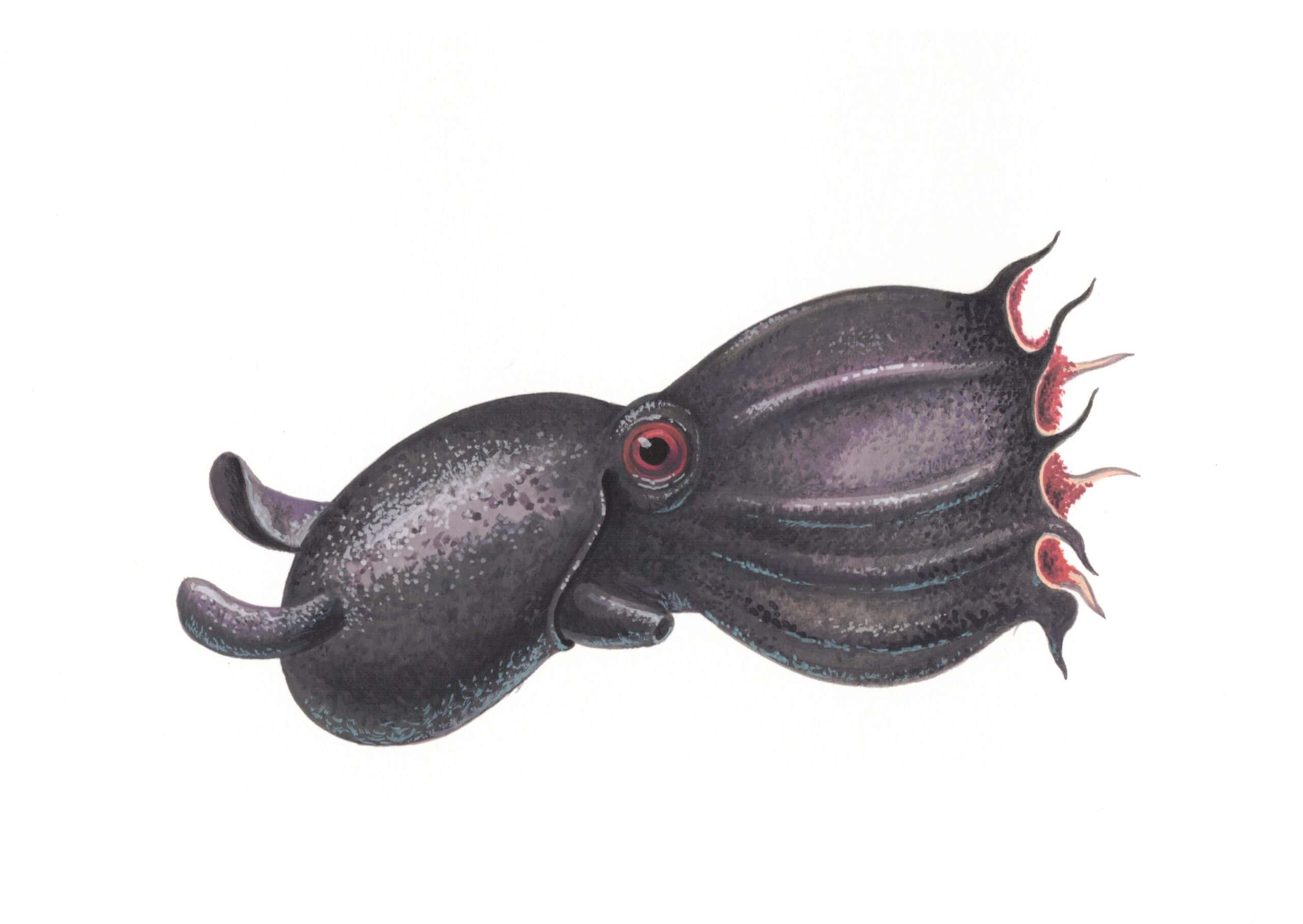
This deep-sea dweller is known for its mysterious appearance and elusive nature. With large, blue eyes and a gelatinous body, the vampire squid thrives in oxygen-depleted waters where few other creatures can survive. Its name derives from the webbing connecting its arms, resembling a cape. Despite its fearsome name, the vampire squid feeds on detritus, not blood.
Chambered Nautilus (Nautilus pompilius)
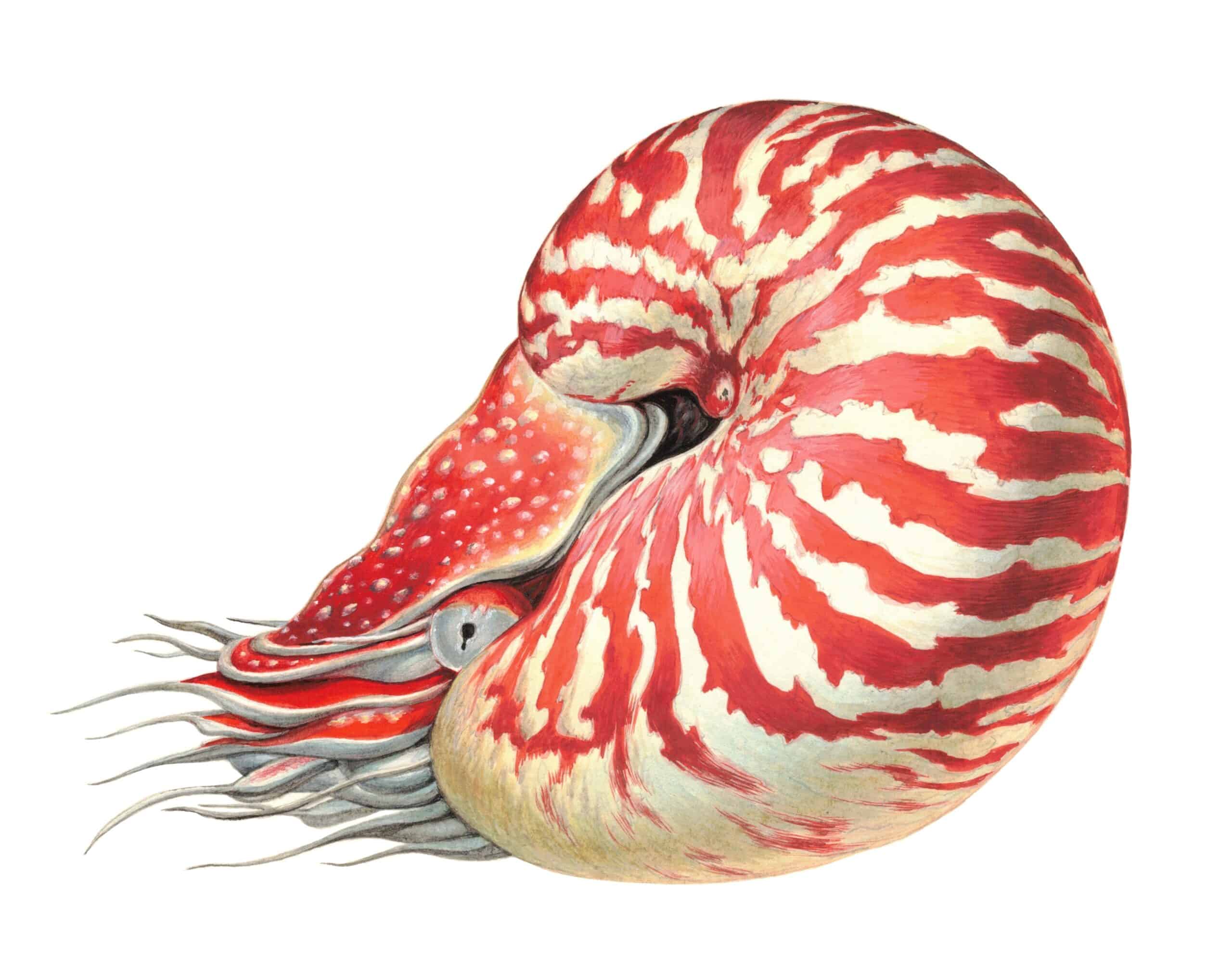
The chambered nautilus, often referred to as a “living fossil,” inhabits the deep slopes of coral reefs in the Indo-Pacific region. Its beautifully spiraled shell is divided into gas-filled chambers, allowing it to regulate buoyancy. Rarely seen due to its deep-water habitat, the nautilus has remained unchanged for millions of years. Its elusive nature makes encounters with this mollusk a rare treat for divers.
Glaucus Atlanticus (Blue Dragon)
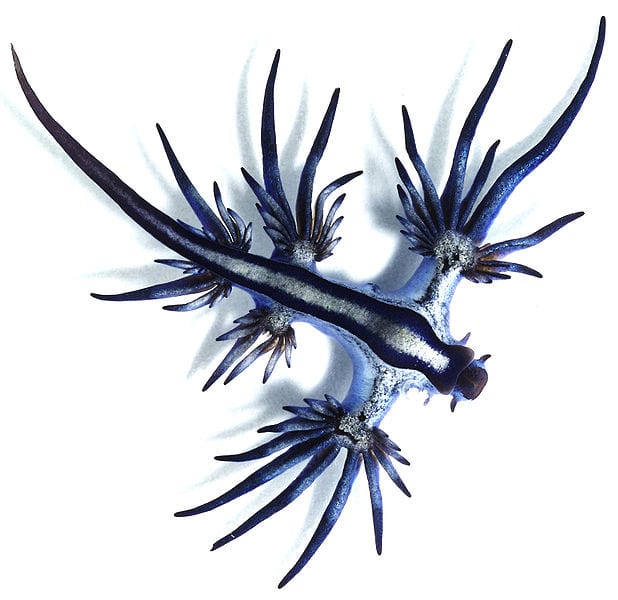
This stunning sea slug, known as the blue dragon, floats on the ocean’s surface, carried by wind and currents. Its vibrant blue coloration serves as camouflage against the backdrop of the sea and sky. Feeding on venomous prey like the Portuguese man o’ war, it stores the stinging cells for its own defense. Rarely sighted, the blue dragon is as fascinating as it is elusive.
Mimic Octopus (Thaumoctopus mimicus)
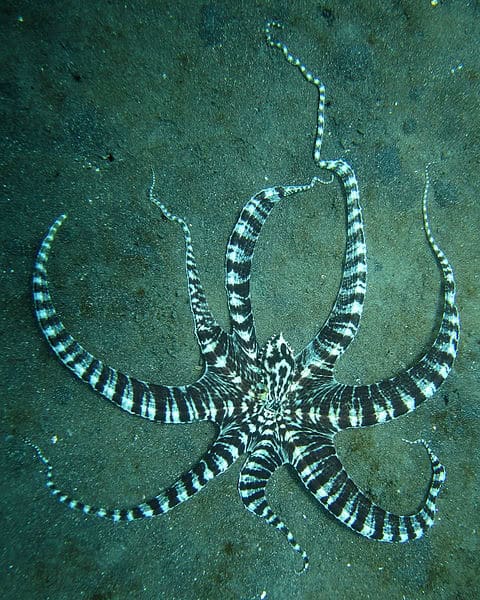
Renowned for its extraordinary ability to impersonate other sea creatures, the mimic octopus is a master of disguise. Found in the shallow, murky waters of the Indo-Pacific, it can imitate the appearance and movements of venomous animals like lionfish, flatfish, and sea snakes. Its remarkable mimicry skills make it a challenge to study in the wild, as it often blends seamlessly into its surroundings.
Argonaut (Argonauta argo)
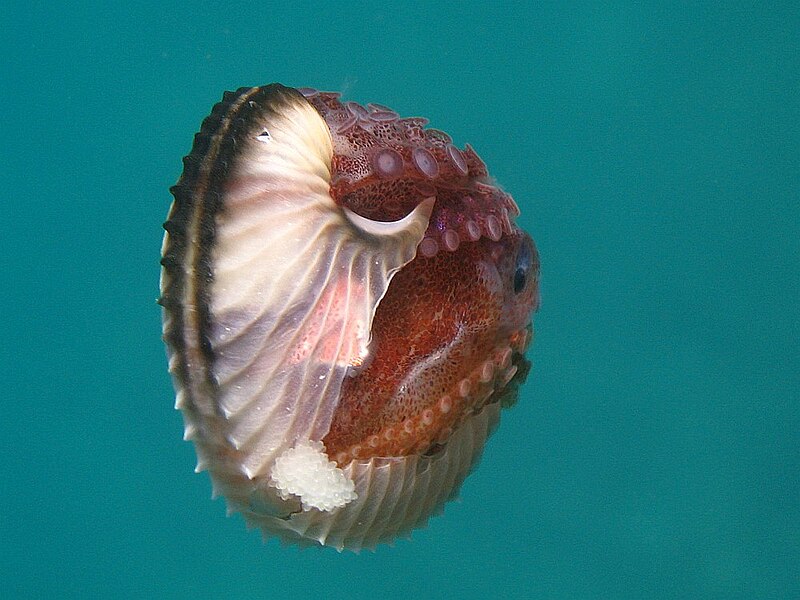
The argonaut, or paper nautilus, is a pelagic octopus known for its delicate, paper-thin shell, which the female secretes to house her eggs. Found in tropical and subtropical seas, the argonaut spends much of its life drifting near the surface. Its translucent shell and deep-sea lifestyle contribute to its elusive reputation. Males are significantly smaller and lack the shell, making them even harder to spot.
Giant Squid (Architeuthis dux)

The giant squid, a creature of legend and deep-sea mystery, is one of the largest invertebrates on the planet. Residing in the dark depths of the ocean, it is rarely encountered by humans. Capable of growing up to 43 feet, its enormous eyes and long tentacles are adapted to detect and capture prey in the pitch-black environment. The elusive nature of the giant squid has made it a subject of fascination and speculation for centuries.
Flamboyant Cuttlefish (Metasepia pfefferi)

This small cuttlefish, found in the Indo-Pacific region, is known for its striking coloration and unique behavior. Unlike most cuttlefish, the flamboyant cuttlefish walks along the seafloor rather than swimming. Its ability to change colors and patterns instantaneously makes it both a master of camouflage and a dazzling spectacle. Despite its flamboyant appearance, it is rarely seen due to its preference for sandy, muddy habitats.
Humboldt Squid (Dosidicus gigas)
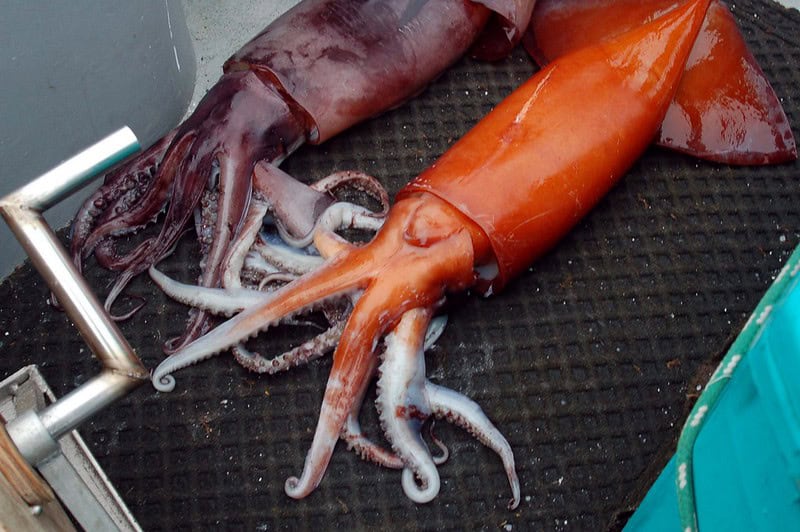
Also known as the jumbo squid, this aggressive predator inhabits the deep waters of the Eastern Pacific. Growing up to six feet in length, the Humboldt squid is known for its speed, strength, and voracious appetite. It often travels in large, elusive shoals, making individual encounters rare. Its ability to rapidly change color from white to red adds to its mystique and danger.
Giant Clam (Tridacna gigas)
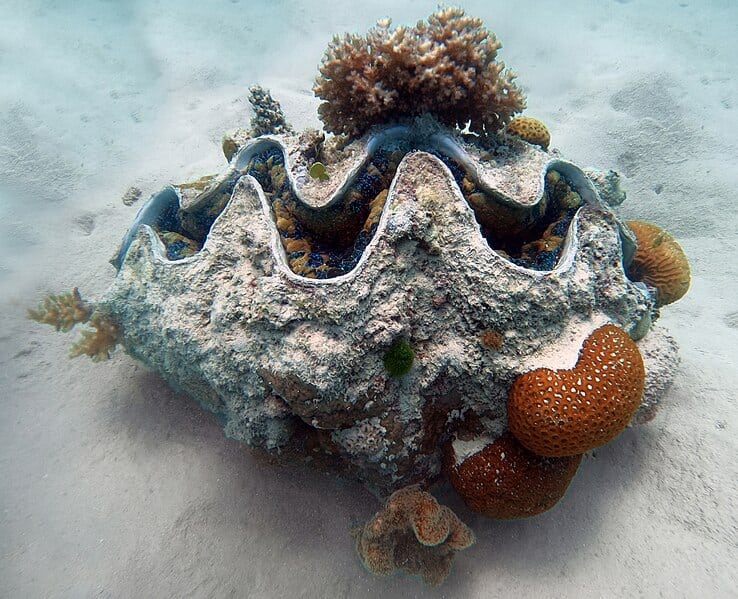
The giant clam, one of the largest living bivalves, can weigh over 500 pounds and live for more than a century. Found in the shallow coral reefs of the South Pacific and Indian Oceans, it is a master of disguise, often blending in with its surroundings. Its symbiotic relationship with algae allows it to thrive in nutrient-poor environments. Despite its size, the giant clam’s slow growth and deep embedding in reefs make it a rare sight.
Deep-Sea Glass Squid (Cranchiidae family)
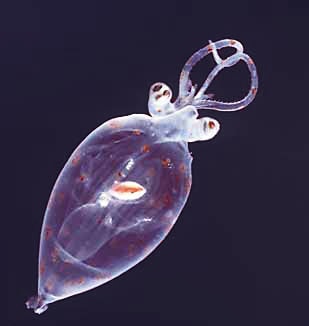
Transparent and ghost-like, the deep-sea glass squid inhabits the dark, cold depths of the world’s oceans. Its gelatinous body and transparent tissues render it nearly invisible to predators. The squid’s bioluminescent organs add to its eerie, elusive appearance. Rarely observed due to its deep-sea habitat, the glass squid remains one of the ocean’s most enigmatic inhabitants.
Heteropod (Pterotracheoidea superfamily)
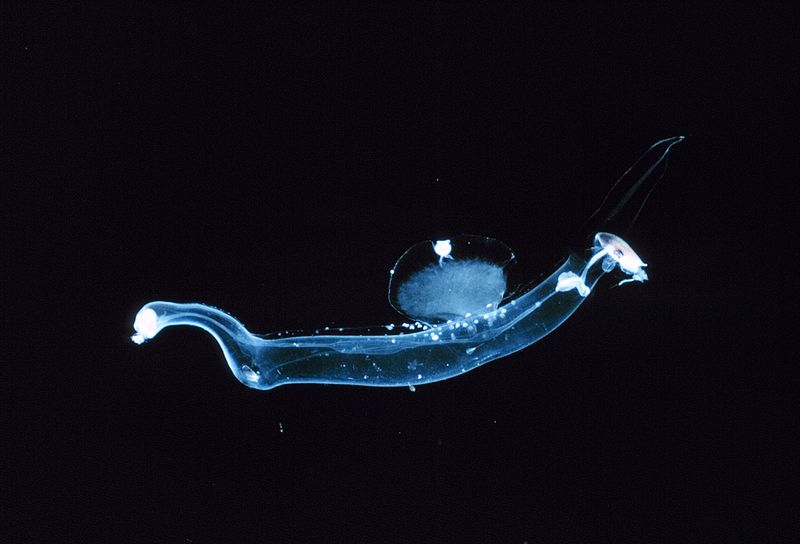
Often referred to as “sea elephants” due to their unusual shape, heteropods are pelagic snails found in open oceans. Their transparent bodies and swimming adaptations distinguish them from other mollusks. These creatures are elusive, seldom seen by humans, as they drift in the upper layers of the open sea. Their delicate, almost alien appearance makes them a unique subject of marine research.
Snipe Eel (Nemichthyidae family)
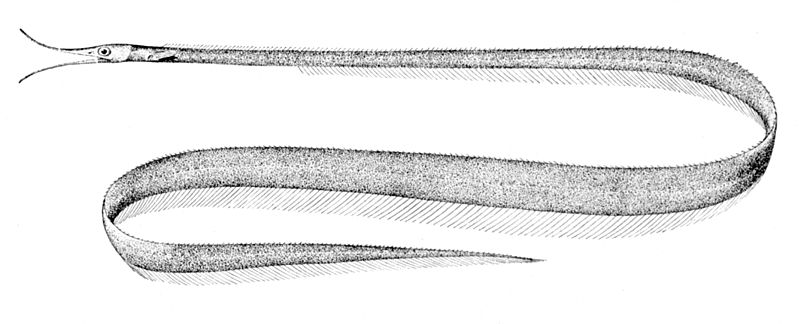
Though not a mollusk, the snipe eel’s elongated, ribbon-like body and deep-sea habitat often associate it with other elusive marine creatures. Found in the mesopelagic zone, it is rarely seen due to its preference for the dark, deep ocean layers. Its long, slender jaws are adapted for capturing tiny prey in the open water. The snipe eel’s obscure lifestyle and rare appearances make it a fascinating subject of deep-sea exploration.
Leaf Sheep (Costasiella kuroshimae)
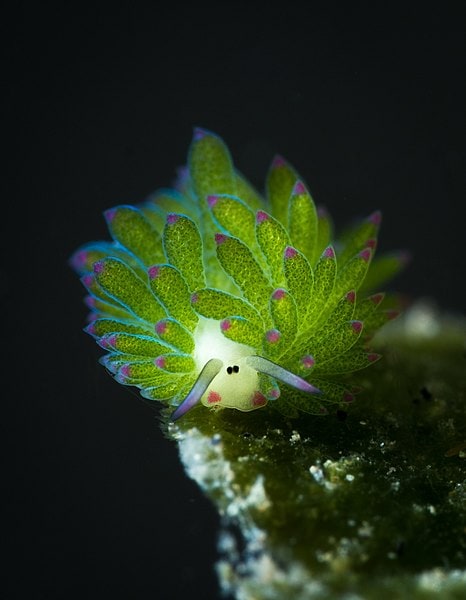
This tiny, sap-sucking sea slug, known as the leaf sheep, resembles a cartoonish sheep due to its leaf-like appendages. Found in the shallow waters of the Indo-Pacific, it feeds on algae, incorporating the algae’s chloroplasts into its own cells to photosynthesize. Its small size and camouflaged appearance make it a rare find for divers. The leaf sheep’s unique biology and adorable appearance make it a subject of fascination and study.
This article originally appeared on Rarest.org.
More From Rarest.Org
Miami, known for its vibrant nightlife and stunning beaches, is also home to some of the most luxurious dining experiences in the world. From exquisite Japanese cuisine to elegant Italian dishes, the city offers a plethora of high-end restaurants that promise unforgettable culinary adventures. Read more.
For wine enthusiasts and collectors alike, vintage wines represent the pinnacle of winemaking excellence. These exceptional bottles not only offer unparalleled flavors and aromas but also carry historical significance and rarity that elevate their value. Read more.
Discovering the depths of the ocean unveils some of the most enigmatic and rare creatures on Earthâoctopuses. With their exceptional intelligence, remarkable ability to change color and texture, and often elusive nature, octopuses capture the imagination like few other animals. Read more.



